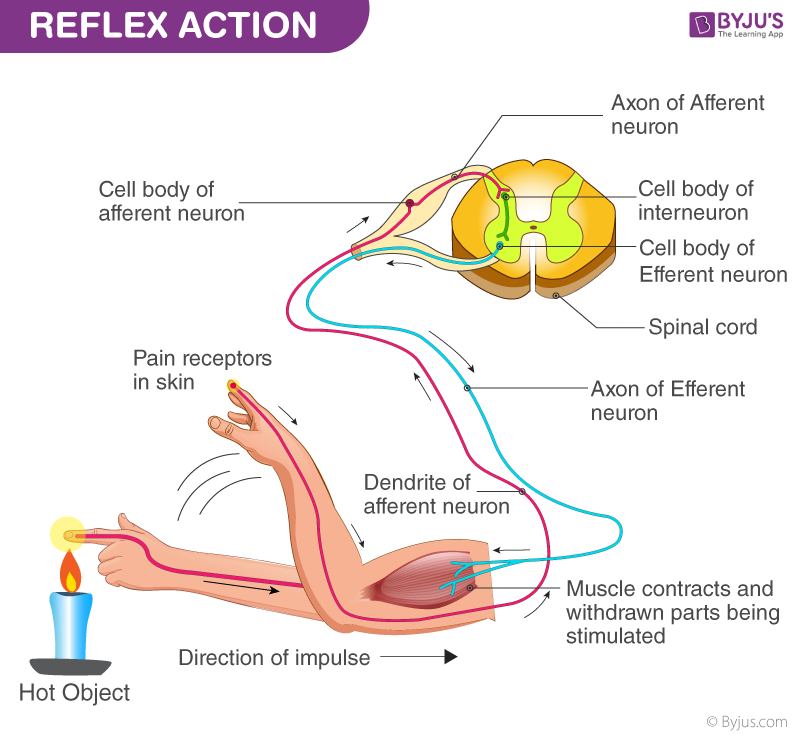- Empty cart.
- Continue Shopping
The Science Behind Reflex Actions

Reflex actions are fascinating and essential components of our nervous system that allow us to respond to stimuli almost instantaneously. These involuntary responses play a critical role in our daily lives, from pulling our hand away from a hot stove to blinking when something comes close to our eyes.
The Anatomy of a Reflex Arc
Sensory Receptors
The journey of a reflex action begins with sensory receptors, which are specialized cells that detect changes in the environment. These receptors can sense various types of stimuli, such as heat, pressure, or light.
Neural Pathway
Once a stimulus is detected, a signal is sent via sensory neurons to the spinal cord or brain. This pathway is known as the afferent limb of the reflex arc.
Integration Center
The spinal cord or brain serves as the integration center where the signal is processed. In the case of simple reflexes, the spinal cord usually suffices, bypassing the need for brain involvement. This allows for a quicker response.
Motor Neurons
After processing, a signal is sent through motor neurons to the effector organ, like a muscle or gland. This is known as the efferent limb of the reflex arc.
Action
Finally, the effector organ carries out the reflex action, such as contracting a muscle to move a limb away from a harmful stimulus.
Types of Reflexes
Simple Reflexes
These are basic, monosynaptic reflexes involving only two neurons: one sensory and one motor. The knee-jerk reflex is a classic example.
Complex Reflexes
These involve multiple synapses and often include interneurons, which are neurons that relay signals between sensory and motor neurons. The withdrawal reflex, like pulling your hand away from a hot surface, is an example of a complex reflex.
The Role of the Brain
While many reflexes are spinal reflexes that bypass the brain for quicker response, the brain still plays a role in modulating these reflexes. For example, if you consciously know that a hot object is not dangerous, your brain can inhibit the reflex action to some extent.
Importance of Reflex Actions
Survival
Reflex actions are crucial for survival. They allow organisms to respond quickly to potential threats, reducing the risk of injury.
Adaptation
Reflexes can also be adaptive. For instance, the pupil reflex, where the pupil dilates or constricts in response to light, helps optimize vision in different lighting conditions.
Learning and Conditioning
Some reflexes can be conditioned or modified through learning, as demonstrated by classical conditioning experiments like those conducted by Ivan Pavlov with dogs.
In conclusion, reflex actions are an integral part of our nervous system, enabling rapid responses to environmental stimuli. Through a well-coordinated pathway involving sensory receptors, neurons, and effector organs, reflexes help us navigate the world safely and efficiently. Understanding the science behind reflex actions not only fascinates us but also has practical implications in fields like medicine, robotics, and psychology.








